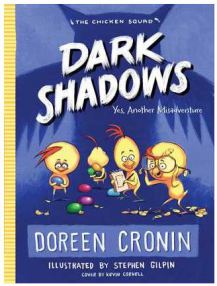Download links for: Lightbreaker


Reviews (see all)
Write review
I can finish a book. That's what I learned from this one.
I couldn't even make it through the sample.... uhg.
Good until it get muddled halfway through.
I survived the first chapter.
Other books by Paranormal Fantasy
Related articles












